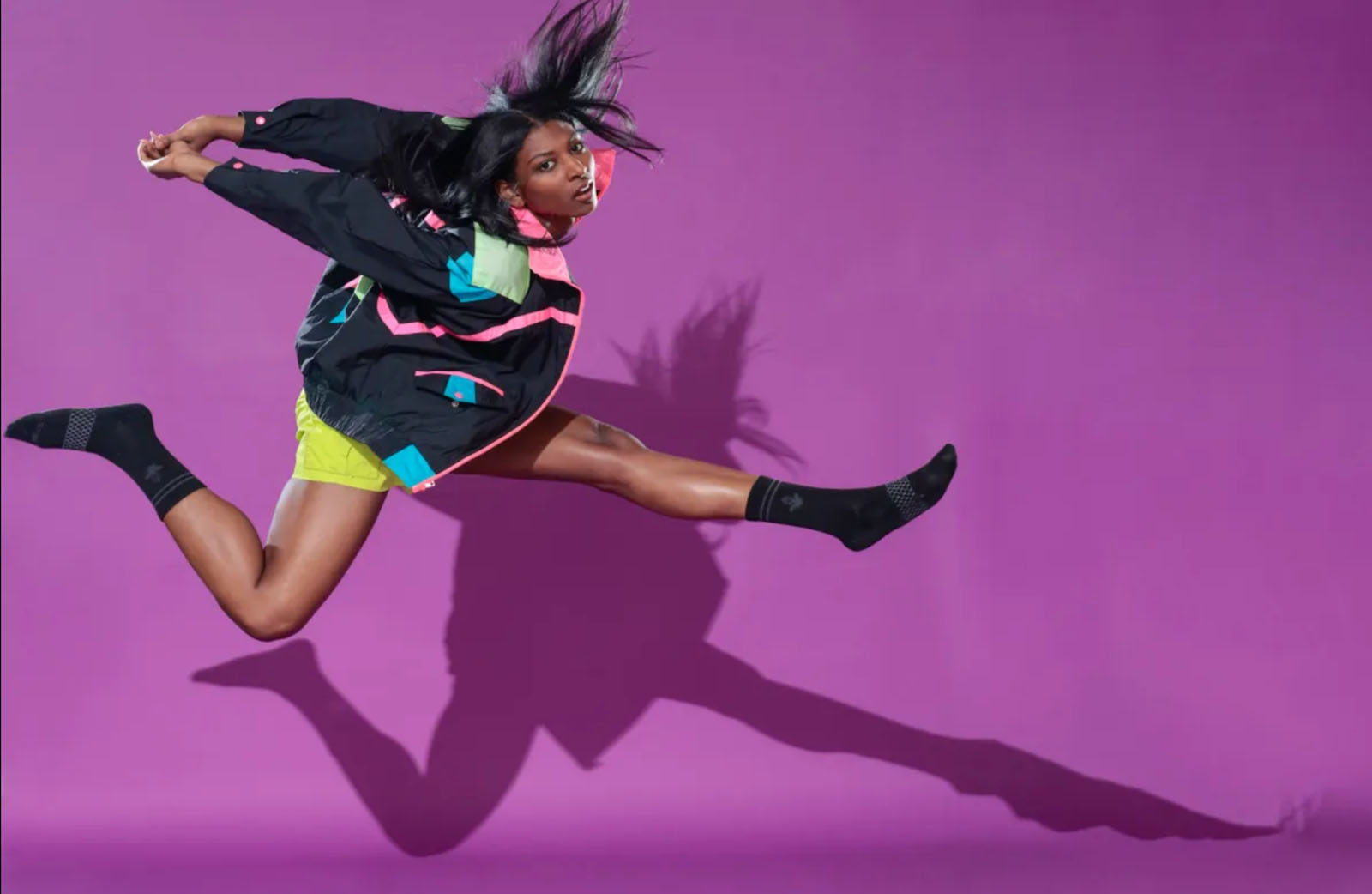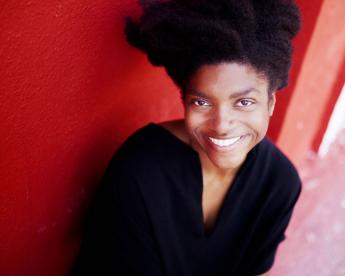Summit Creates Celebratory Space for BIPOC and LGBTQ+ Dance Artists
March 02, 2021

The BlackLight Summit convenes dancers, choreographers and scholars from across the country for virtual conversations, workshops and performances.
By Sarah Snyder
Tariq O’Meally knew something was missing from his field. The dancer, choreographer, educator and curator realized that emerging Black, Indigenous, people of color and LGBTQ+ dance artists, particularly in the Washington, D.C. metro area, needed a space to discuss, connect, celebrate and create.
His vision led to the creation of the BlackLight Summit, a yearlong initiative that culminates in a three-day summit March 4-6. Presented by the Artist Partner Programs at The Clarice Smith Performing Arts Center (The Clarice), the summit will convene dancers, choreographers and scholars from across the region and country virtually for conversations, panels, workshops and performances.
“The BlackLight Summit was created to tackle and unravel topics around tradition, legacy and who gets to be called an expert,” said O’Meally. “The summit will encourage intimate conversation, and hopefully people will find notions of connection, compassion and grace for themselves and the world that they’re living in, while also being activated to shape the world in the ways they see fit.”
Each day of the summit will examine one of three themes—legacy, citizenship and scholarship. Participants will delve into explorations of how their own personal experiences and legacies impact the way they create and experience art, what citizenship means for marginalized groups within the United States and how to redefine scholarship for the arts today.
“Experiences will be varied for people during the summit as participants can essentially choose their own adventure,” said Erica Bondarev Rapach, acting executive director of The Clarice. “Attendees have the agency to design how they want to engage, but our hope is that each of them experience something unexpected, something that spurs them to action and something that leaves them thinking.”
The summit also features four premiere performances from professional dance artists Micaela Taylor, Johnnie Cruise Mercer, Candace Scarborough ’12 and Jamal Abrams. The performance on the evening of March 4, presented in partnership with Dance Place, is co-curated by summit artists Scarborough and Abrams and showcases the short-form digital works of Shanice Mason and Carlo Antonio Villanueva, two regional artists.
The idea for the summit stems from a project O’Meally worked on as a NextLOOK artist in 2019. A partnership between The Clarice and Joe’s Movement Emporium, NextLOOK provides artists the space, time,and financial and production support to develop new creative work. Instead of developing a dance work of his own, O’Meally expanded the opportunity and curated the Dimensions Contemporary Dance Festival, which sought to promote and amplify regionally-based dance artists of color.
Inspired by O’Meally’s vision for programming dance and his approach to his NextLOOK residency, The Clarice hired him as a guest curator for its Artist Partner Programs to plan its dance series. He expanded this role and introduced the idea of the summit, using the concept of the Dimensions Contemporary Dance Festival as a springboard.
A bedrock of the yearlong initiative is an eight-month career readiness program that pairs 15 mentors with 15 students from 11 universities, including the University Of Maryland (UMD), in order to help students transition into the professional world. Mentors include UMD alumni as well as national dance artists performing as part of the summit.
“People typically assume mentorship is one-way. The ‘more experienced,’ usually older, person guides a younger, less experienced colleague, but true mentorship is two-way,” said Bondarev Rapach. “I had the privilege of attending one of the convenings of the mentors and mentees, and without fail, each pairing of people reflected on how they were learning from each other, in spite of being at different phases of their lives and careers.”
O’Meally notes that one of the most rewarding aspects of planning the summit has been the ability to bring people together and to build connections. He also says that he has felt empowered to create a summit that will have a lasting impact for its participants.
Although the summit has been in the planning stages for over a year and a half, it has become especially timely as the country grapples with a national reckoning over racism. O’Meally hopes that the summit provides a chance for people to grieve together, especially from the trauma of this past year, and to acknowledge that “it’s okay not to be okay.”
“I hope after participating in the summit that people feel a little bit better than they did before,” said O’Meally. “That they get things that they’ve been seeking. And that the power of dance and mobility helps people connect to themselves more deeply and in turn, connect to the world.”
The virtual BlackLight Summit is free and open to the public. Register here.
Top image of Micaela Taylor by Jayme Thornton. Second image of Tariq O'Meally by David Frenzi. Third image of Jamal Abrams by Audrey Smylie. Fourth image of Candace Scarborough by Alvin W. Collantes. Fifth image of Johnnie Cruise Mercer by Ashima Yadava.





